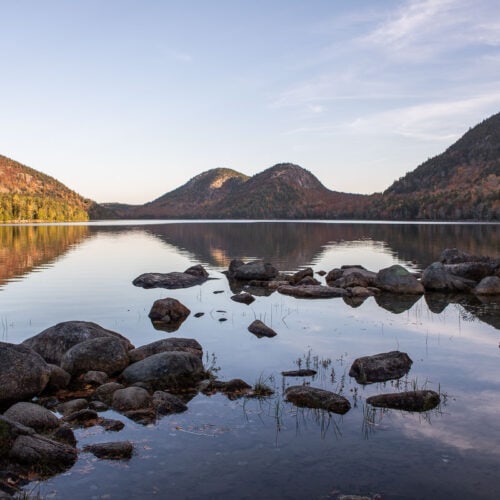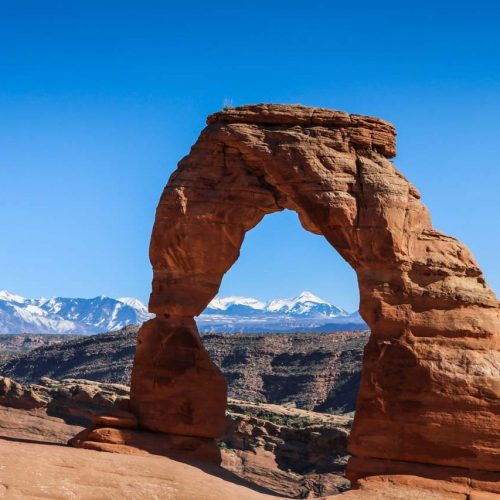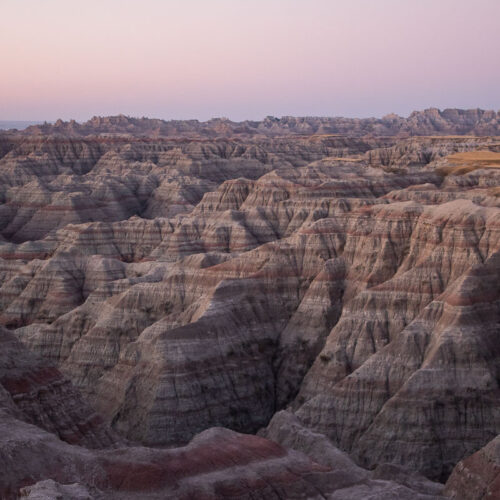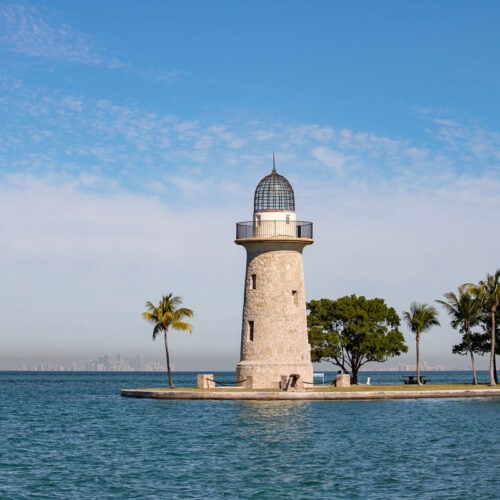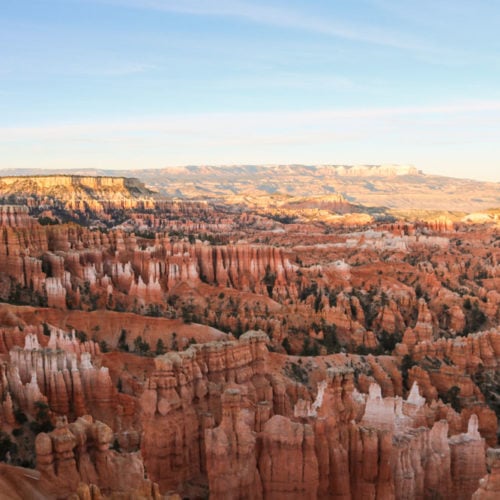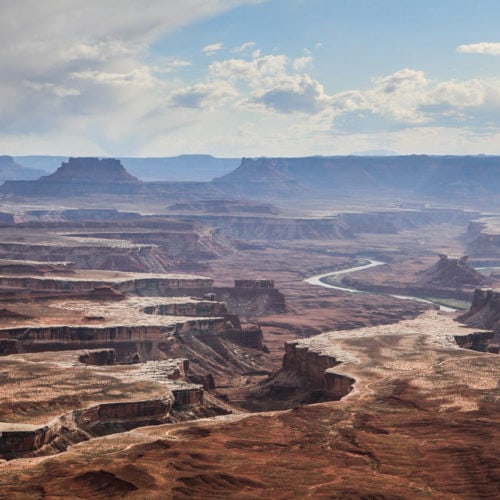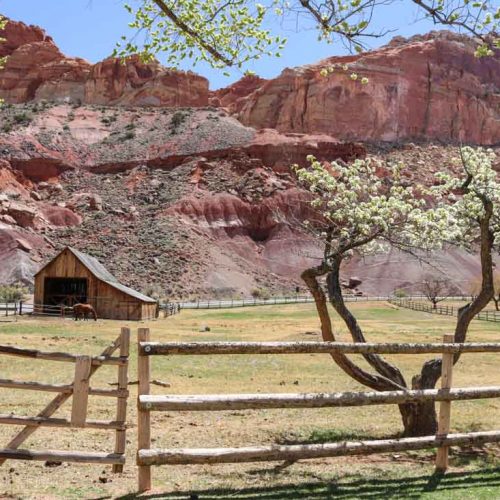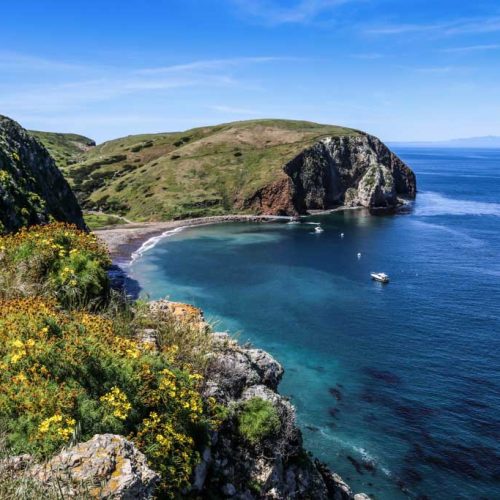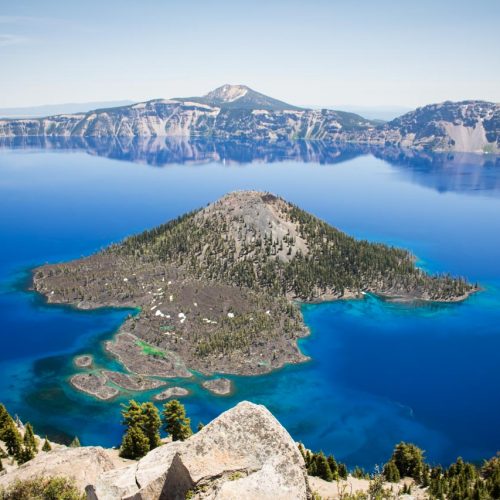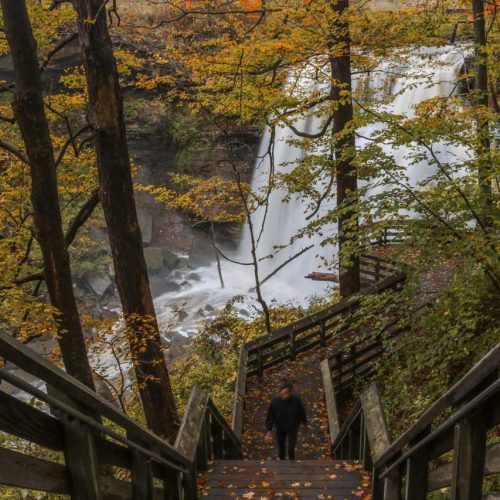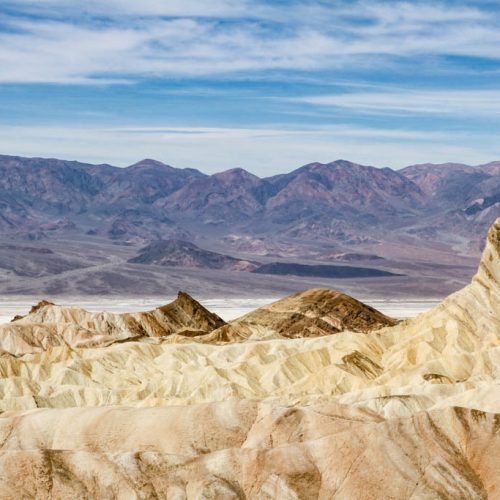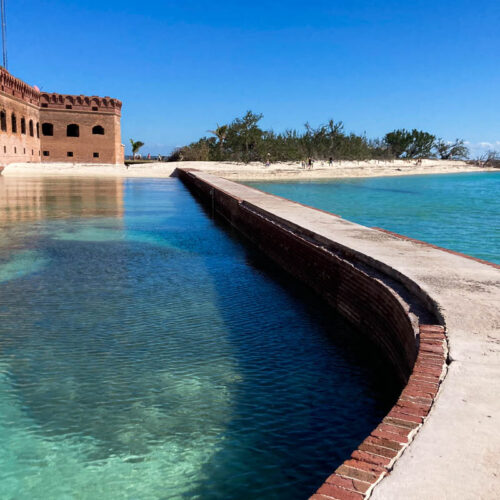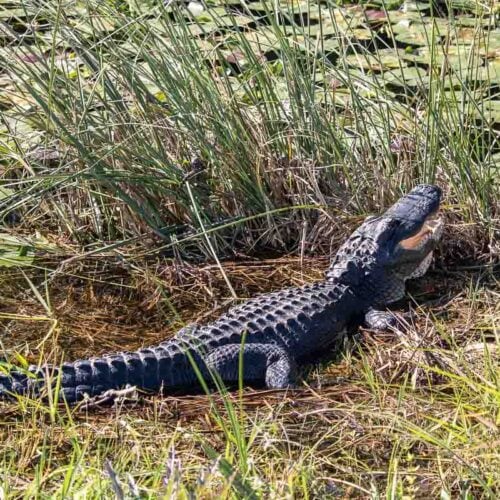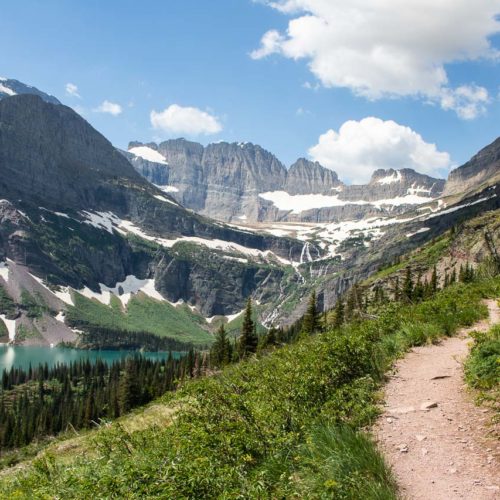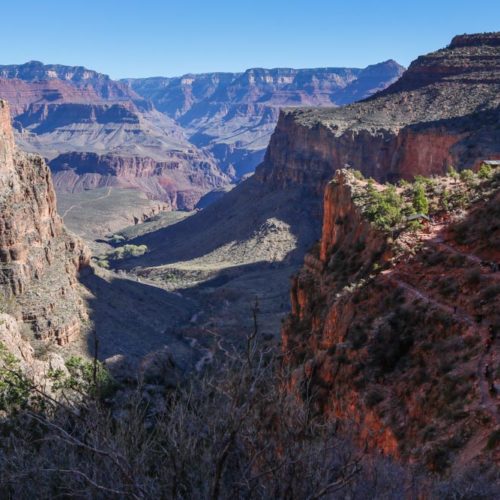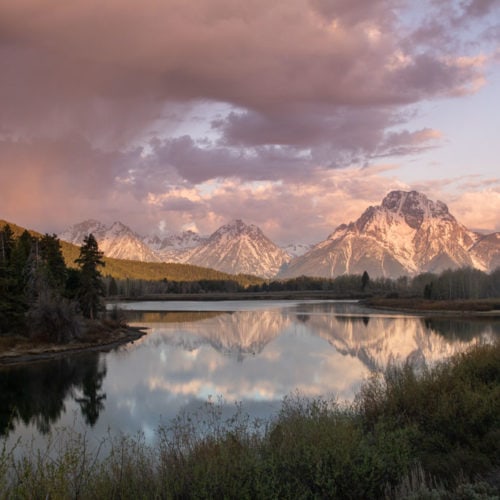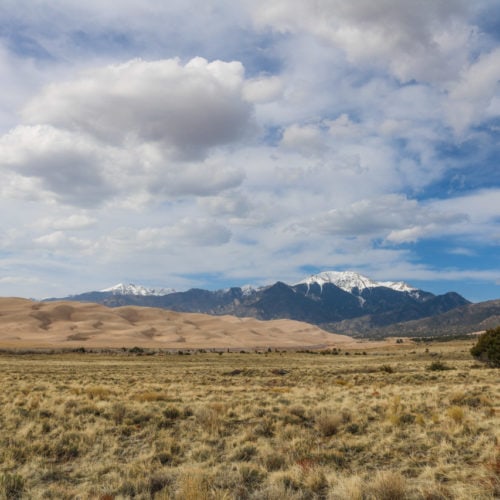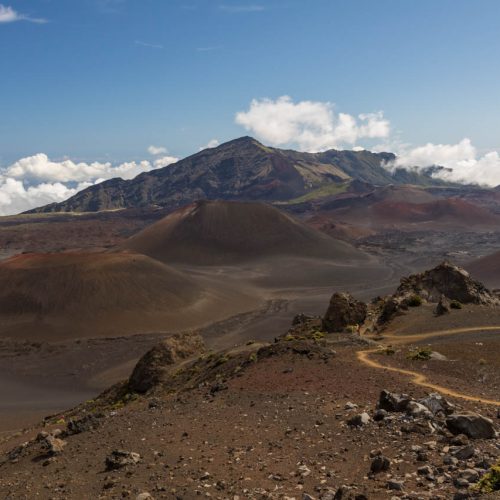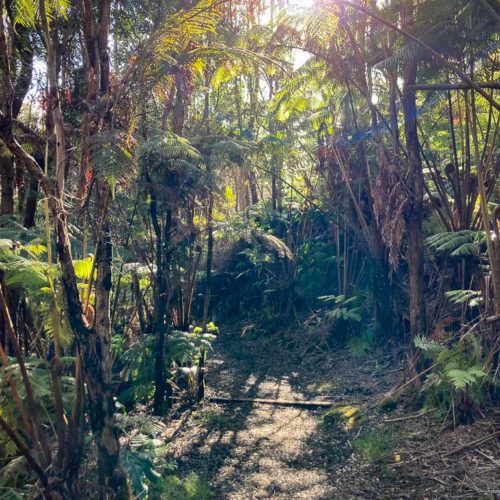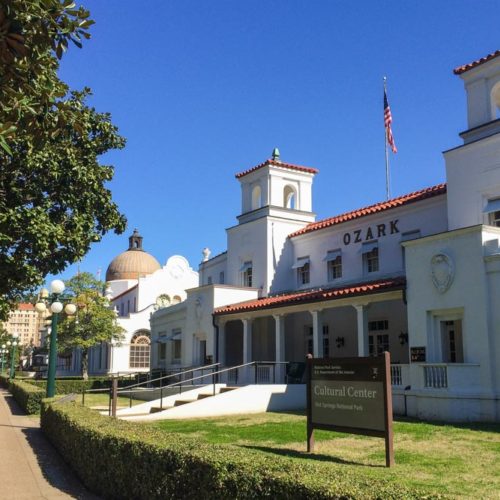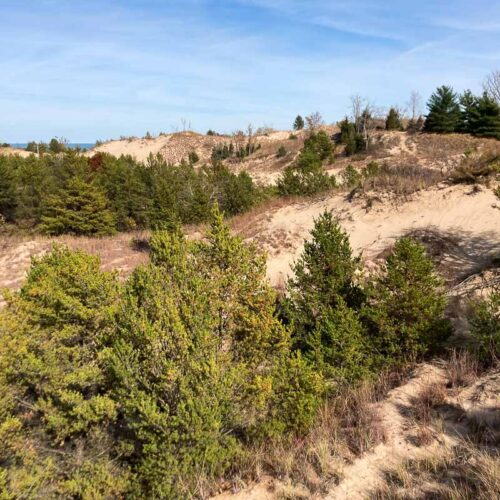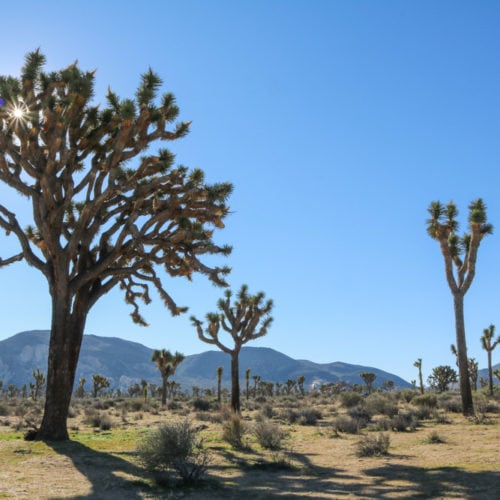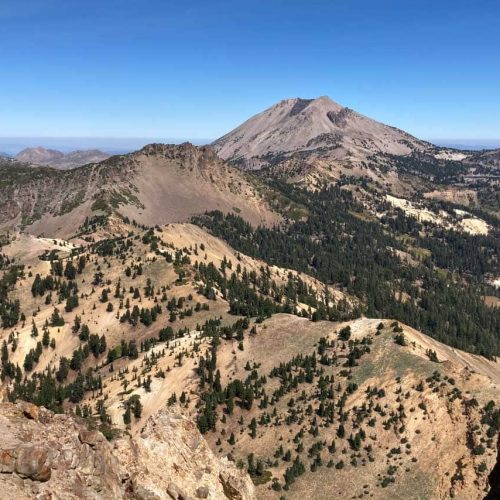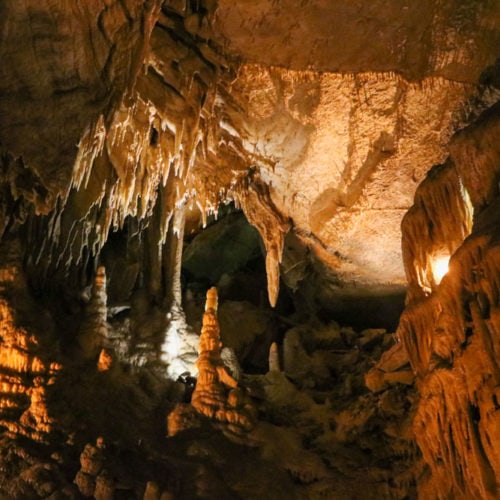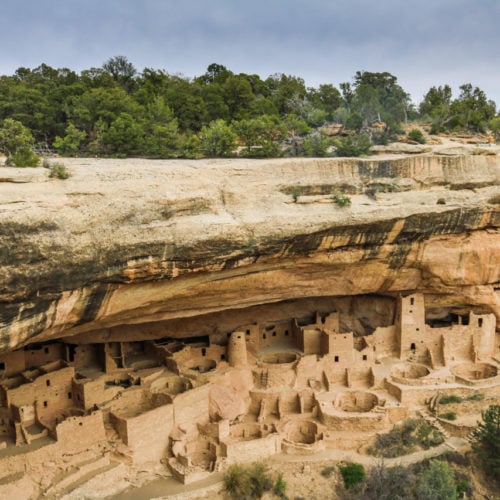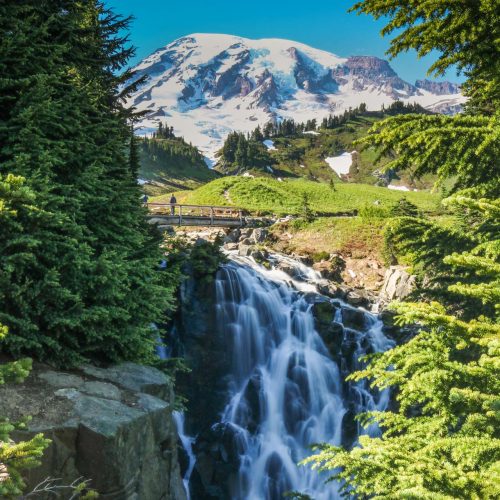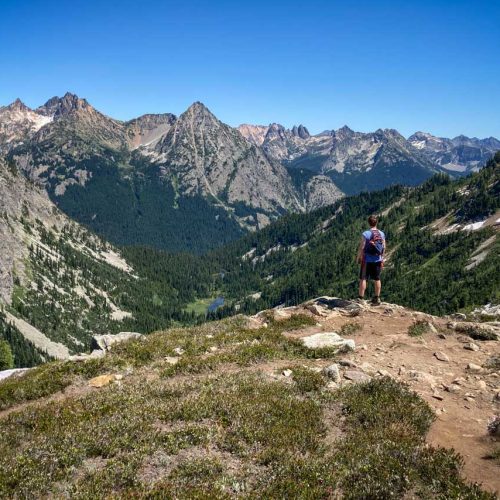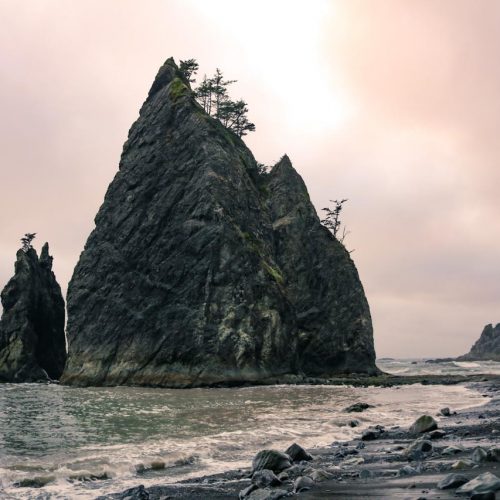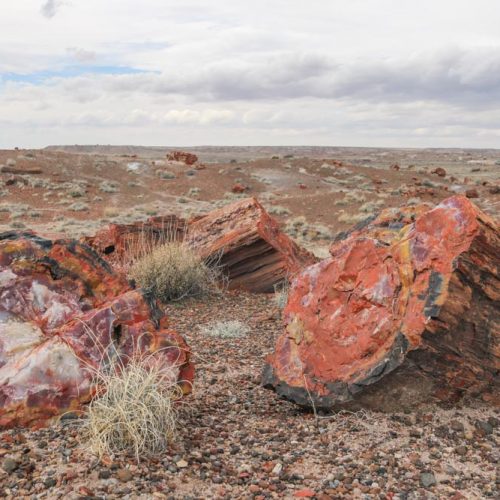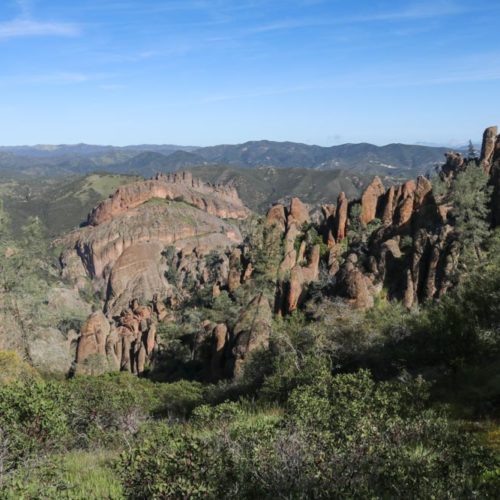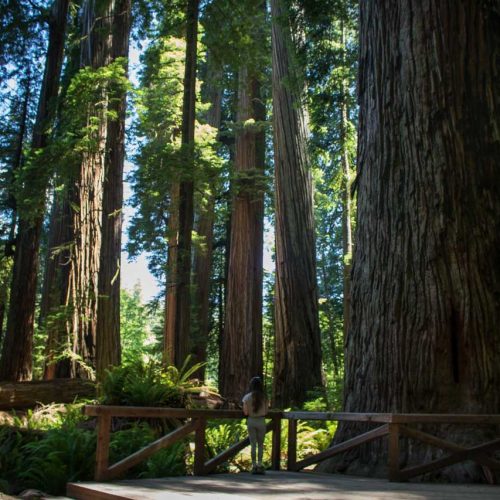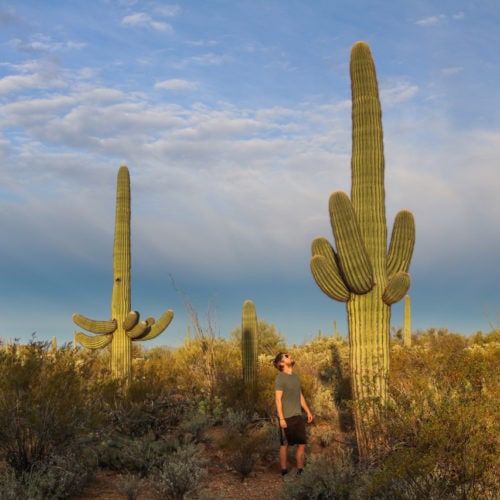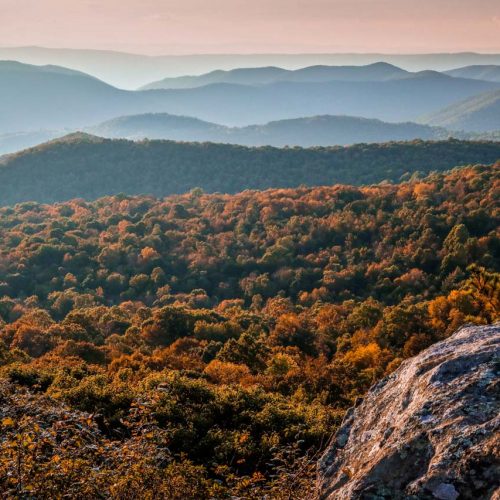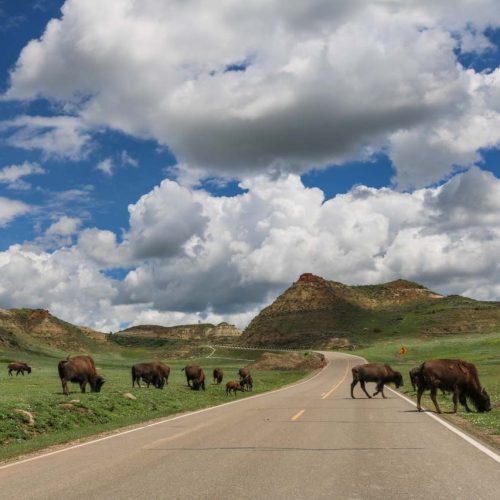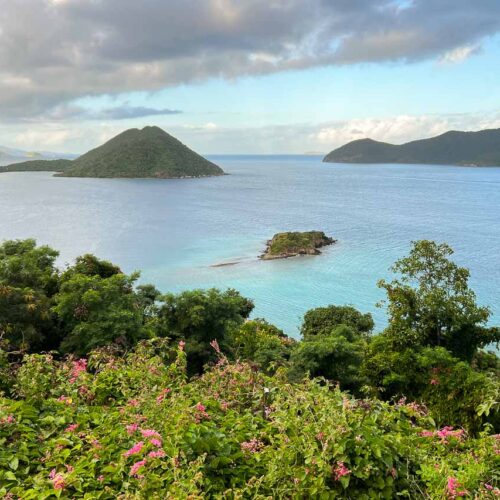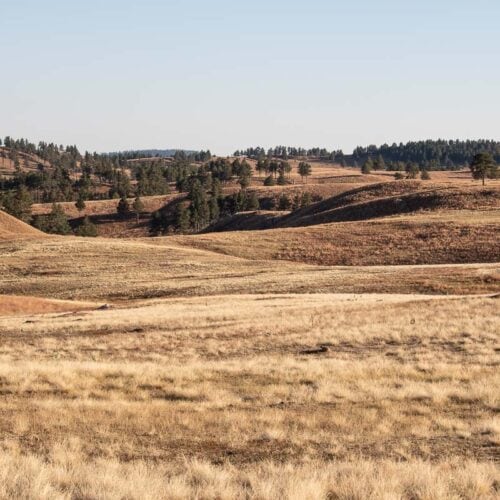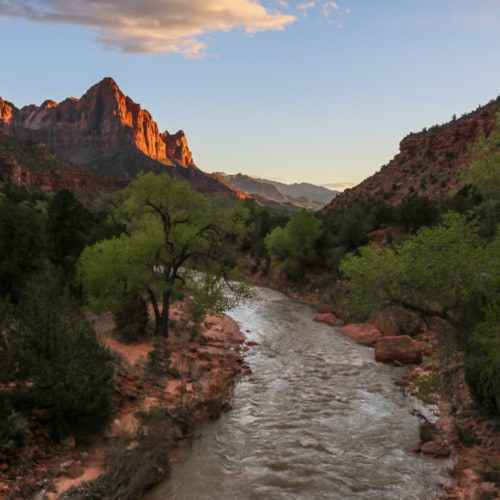Currently, there are 63 national parks in America, spread across the entire country. Thirty states have one or more national parks, from Maine to Minnesota, from Alaska to Hawaii, and from California to Florida.
Additionally, there is also a national park in two U.S. territories: the Virgin Islands and American Samoa both have their own national park.
The entire National Park Service (NPS) system encompasses more than 420 units with no fewer than 19 different designations.
Those include national battlefields, national monuments, national historic sites, national lakeshores and the major national parks. You can see the full list of U.S. National Park Service units here.
Explore The National Parks With Us
Here at The National Parks Experience, we’re on a quest to visit all national parks in the United States, and as many other NPS units as we can.
Below is an overview of all the individual national parks currently covered on this website. This list is updated on a regular basis as we visit more parks and publish additional parks-related content.
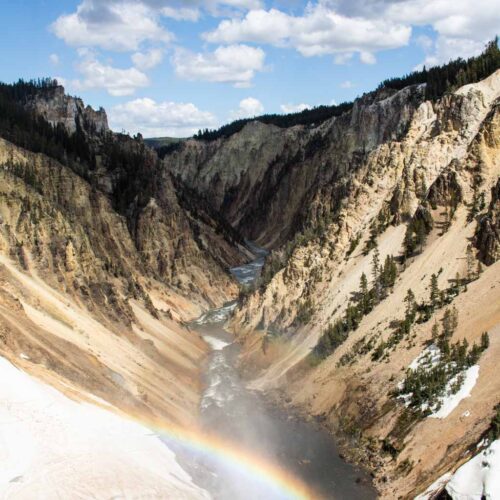
Yellowstone National Park
Wyoming, Montana & Idaho
The world’s oldest national park, Yellowstone National Park is home to over 10,000 hydrothermal features, from geysers to hot springs. The park is also a refuge for lots of megafauna, including bison, grizzly bears, moose, bighorn sheep, elk and wolves.
Frequently Asked Questions About the National Parks
Who Manages America’s National Parks?
The national parks are managed by the National Park Service (NPS), which also oversees numerous national monuments, historic sites, memorials, historical parks, lakeshores and seashores.
The National Park Service itself is a bureau of the Department of the Interior (DOI).
Charles F. “Chuck” Sams is the current NPS Director, the first Native American Director of the National Park Service.
On the ground, each park has its own superintendent, as well as park rangers who manage practical things like wildlife, visitors, traffic and a variety of park resources.
What Is a National Park?
The National Park Service defines “national parks” as follows: “Generally, a national park contains a variety of resources and encompasses large land or water areas to help provide adequate protection of the resources.”
Generally speaking, national parks protect and preserve landscapes, ecosystems, plants and/or wildlife.
With very few exceptions, they’re created to protect and preserve one or more natural features, rather than cultural, architectural, archaeological or historical resources.
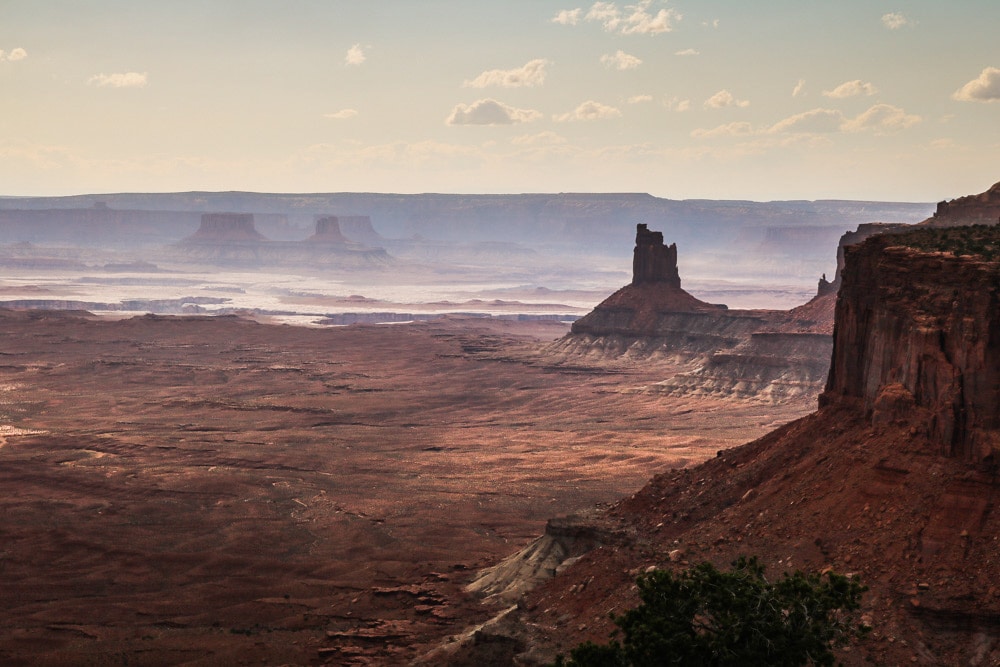
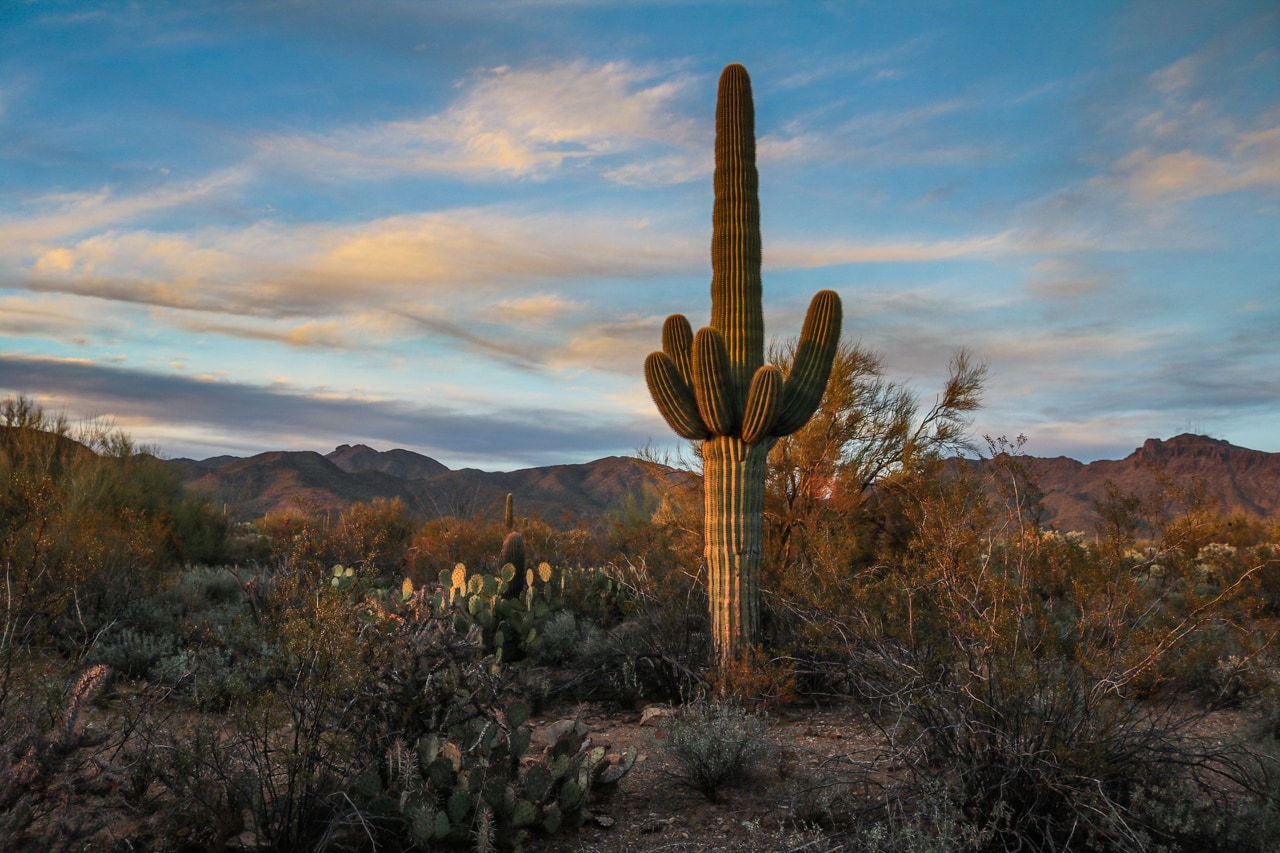
How Old Is America’s National Park System?
Officially, the National Park System dates from August 25, 1916, which is the day President Woodrow Wilson created the National Park Service.
However, many national parks were designated years, if not decades, before that.
The first national park in the United States (and the world) was Yellowstone National Park, established on March 1, 1872, by President Ulysses S. Grant.
No fewer than ten other national parks were also established before the NPS was created.
Those are, in this order, Sequoia (1890), Yosemite (1890), Mount Rainier (1899), Crater Lake (1902), Wind Cave (1903), Mesa Verde (1906), Glacier (1910), Rocky Mountain (1915), Hawaiʻi Volcanoes (1916) and Lassen Volcanic (1916).
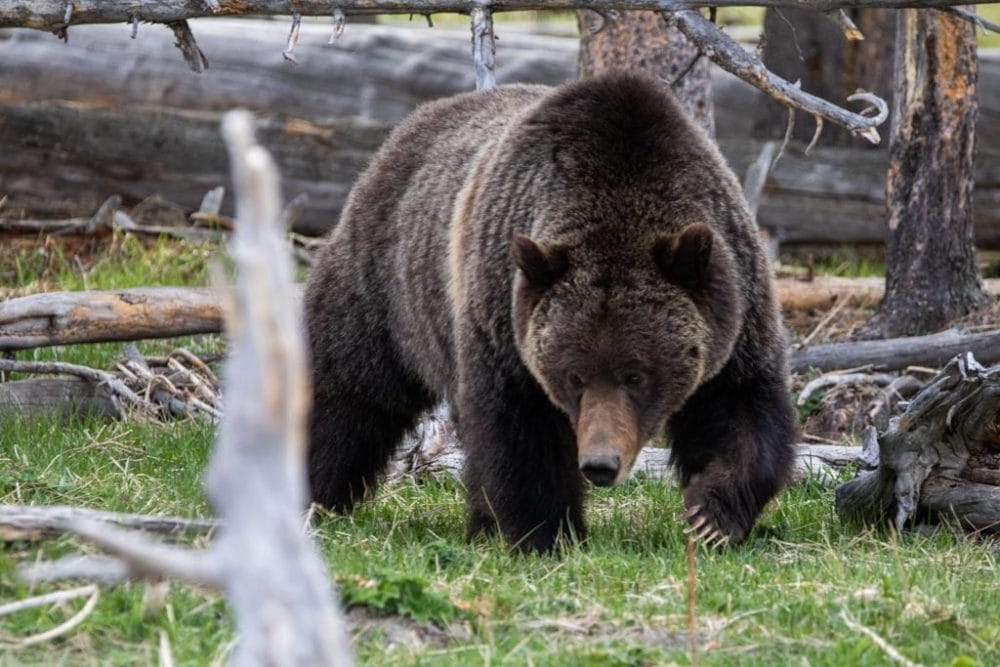
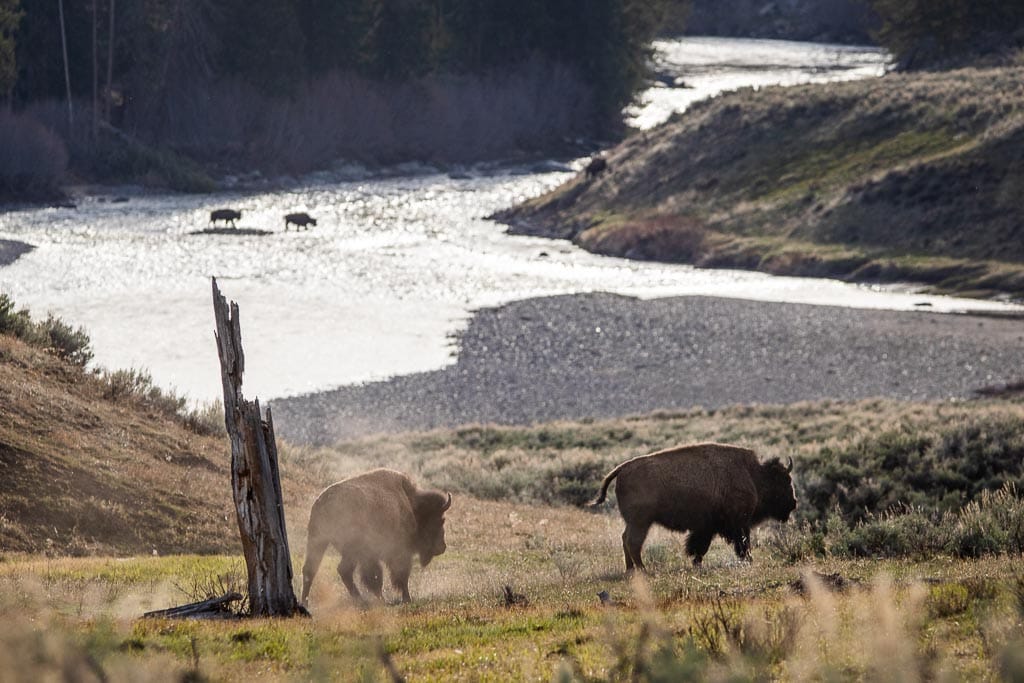
How Many National Parks Are There?
Currently, there are 63 national parks in the United States.
You can see a full list and map of the national parks here.
How Many National Park Service Sites Are There?
National parks are just one of many designations in the National Park System. In total, there are 425 National Park Service units.
These various units, ranging from monuments and memorials to battlefields and historic sites, are often referred to simply as “parks.”
You can see the complete list of NPS units here.
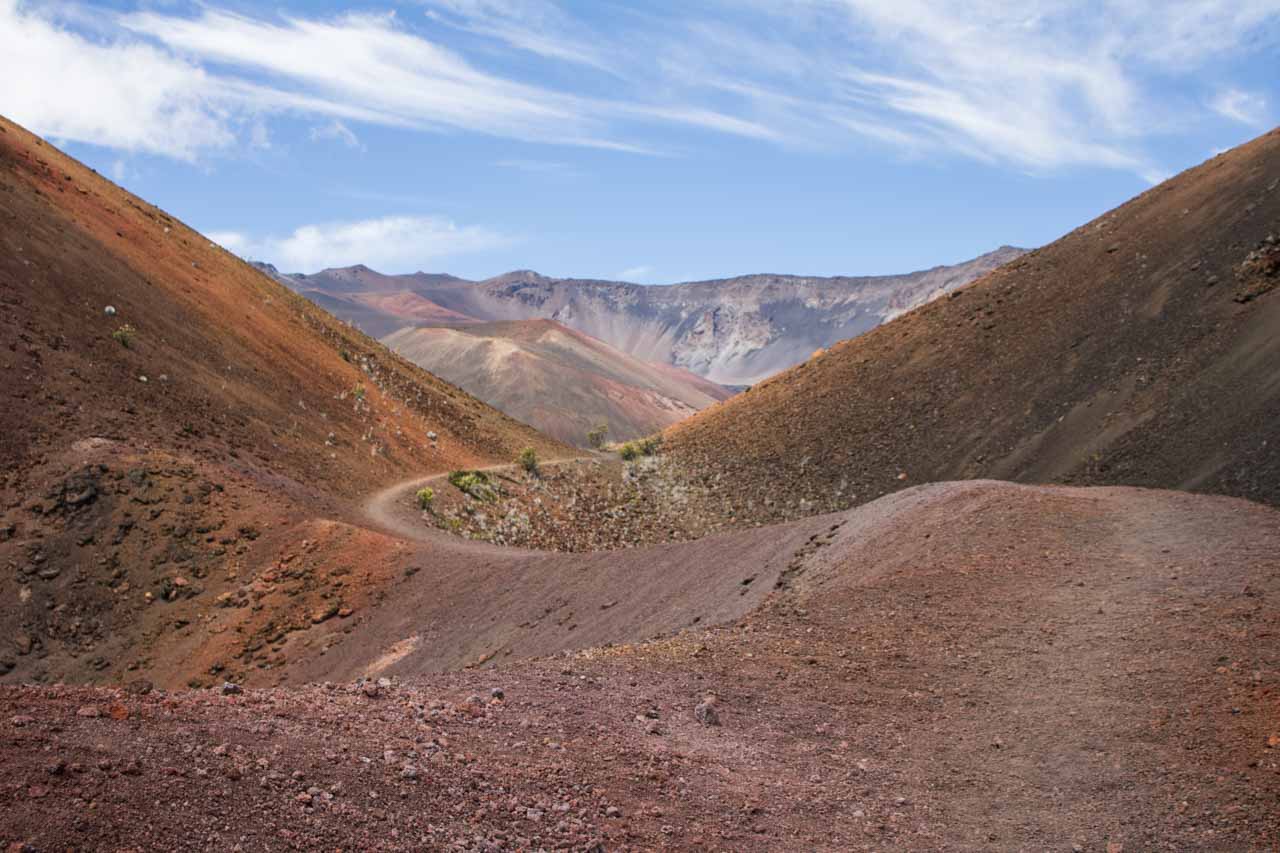
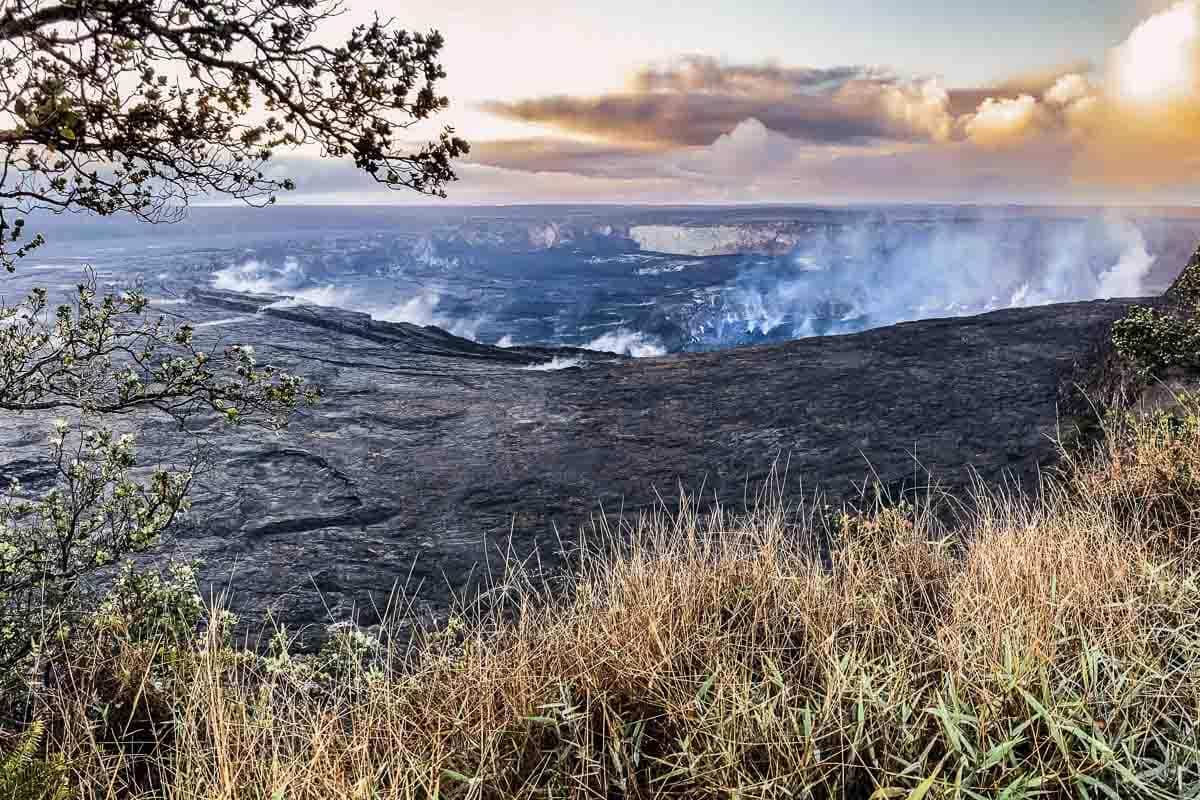
What Does the National Park Service Logo Mean?
The logo of the National Park Service represents the different aspects of America’s National Park System.
For example, the bison symbolizes all wildlife in the parks, while the sequoia tree and grassland represent vegetation. The mountains stand for natural scenery and the lake represents water (quality).
The logo’s very shape also has significant meaning. Its stone arrowhead shape represents America’s rich history, archaeology and culture.
You can read more about the history and meaning of the NPS Arrowhead logo here.
How Many People Visit America’s National Parks Every Year?
In 2022, the total number of recreation visitors in the entire National Park System was 311,985,998. The NPS website has much more information about visitation across the parks.
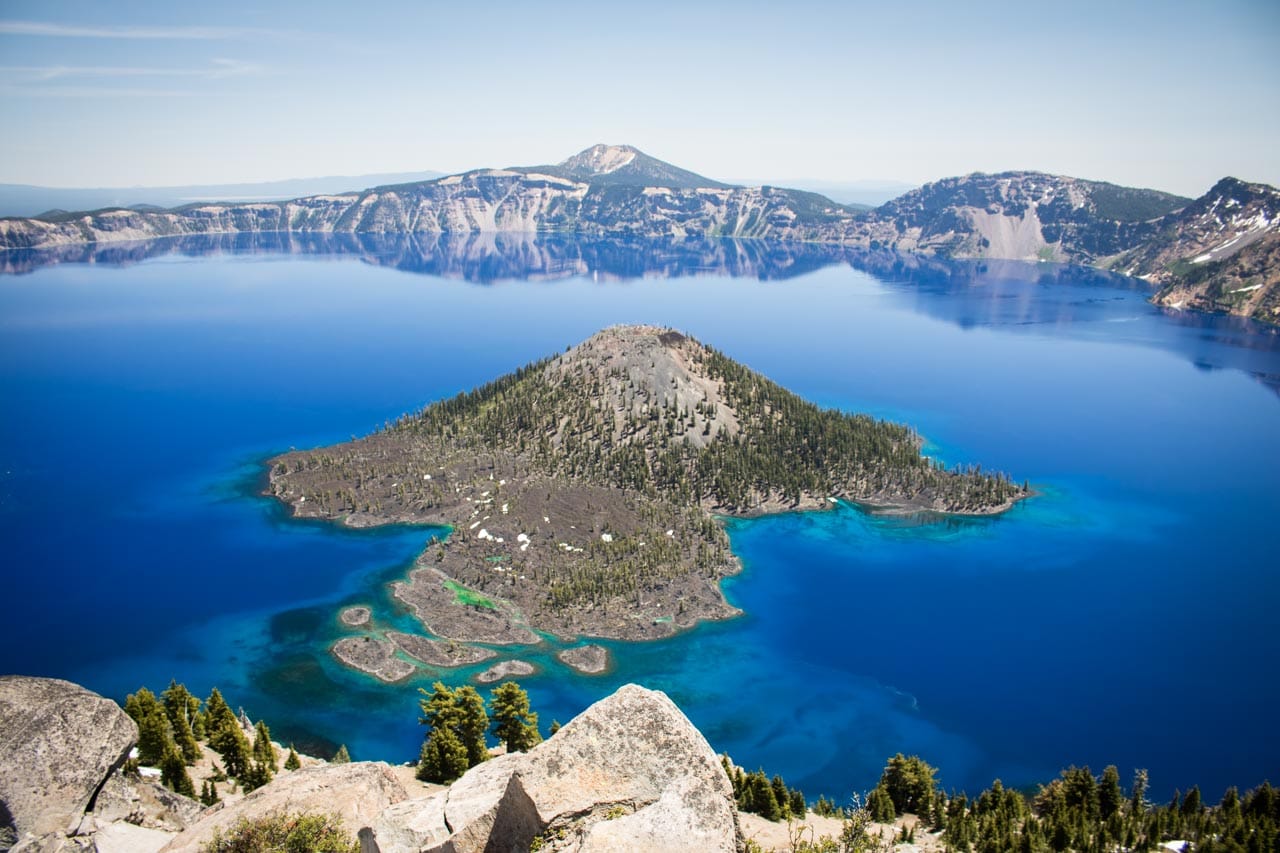
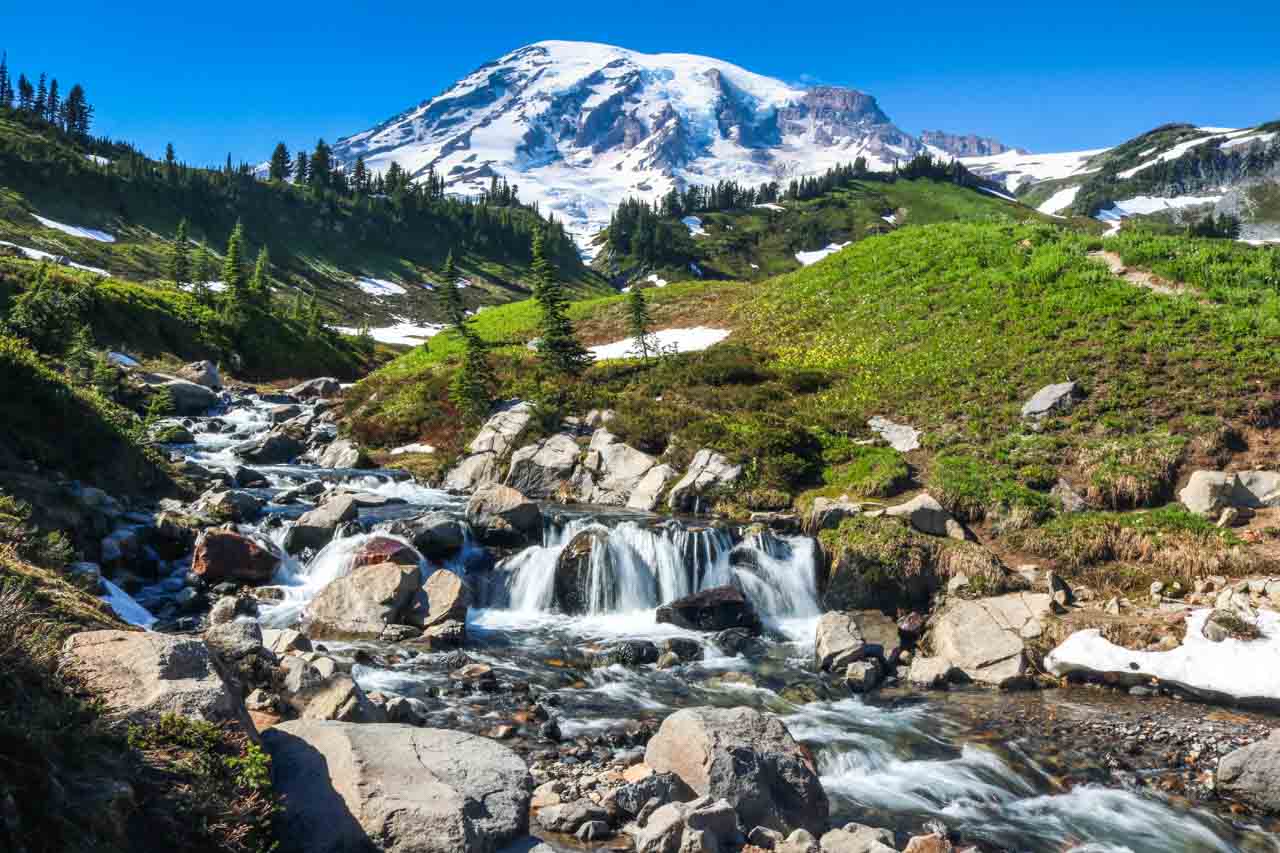
What Is the Most Visited National Park?
The most visited national park is Great Smoky Mountains National Park in North Carolina and Tennessee, which welcomed 12.9 million visitors in 2022.
On the other hand, the most visited NPS unit is the Blue Ridge Parkway with 15.7 million visitors in 2022.
What Is the Least Visited National Park?
The least visited national park is the National Park of American Samoa. Only 1,887 people journeyed there in 2022.
The least visited NPS unit, on the other hand, is Rainbow Bridge National Monument in Utah. It was visited by a meager 81 people in 2022.
You can see a complete overview of National Park Service units and their most recent visitation statistics here.
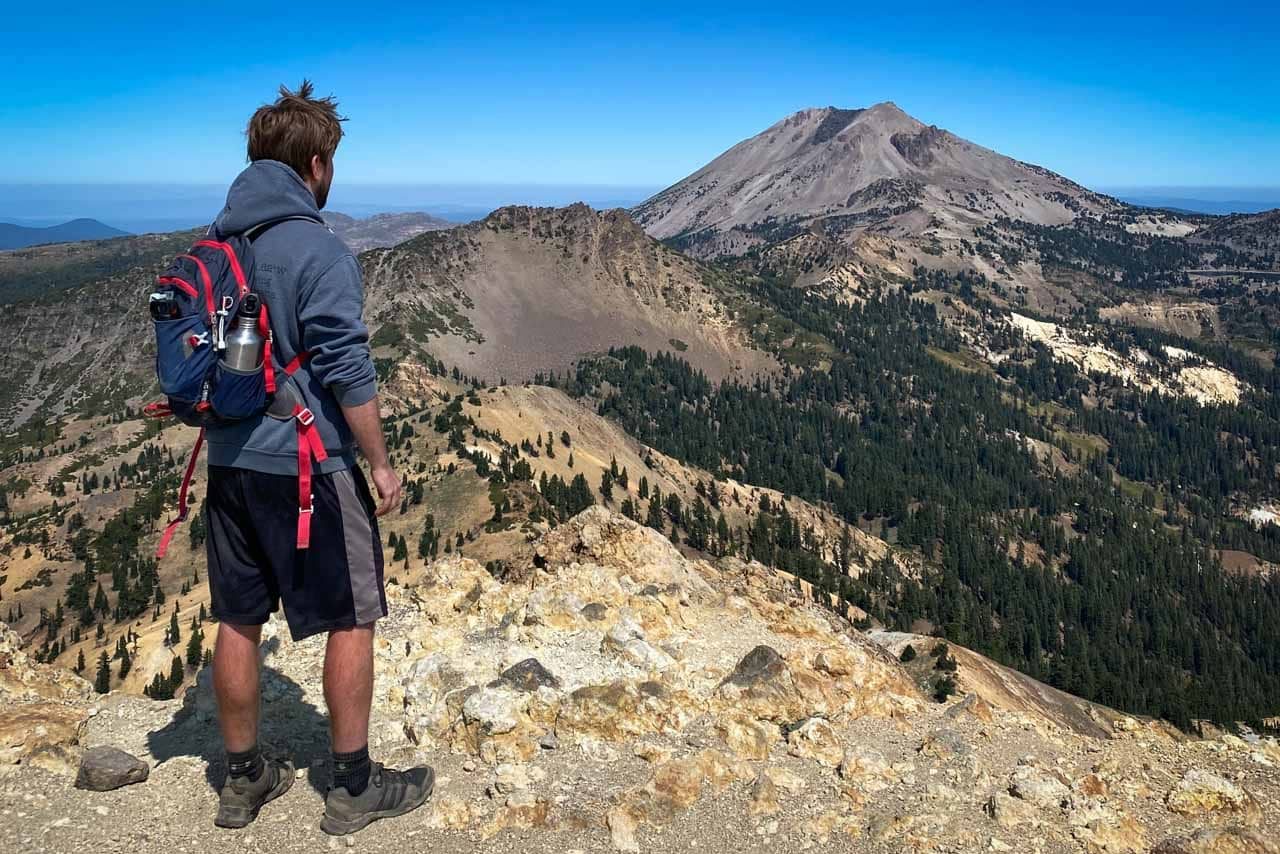
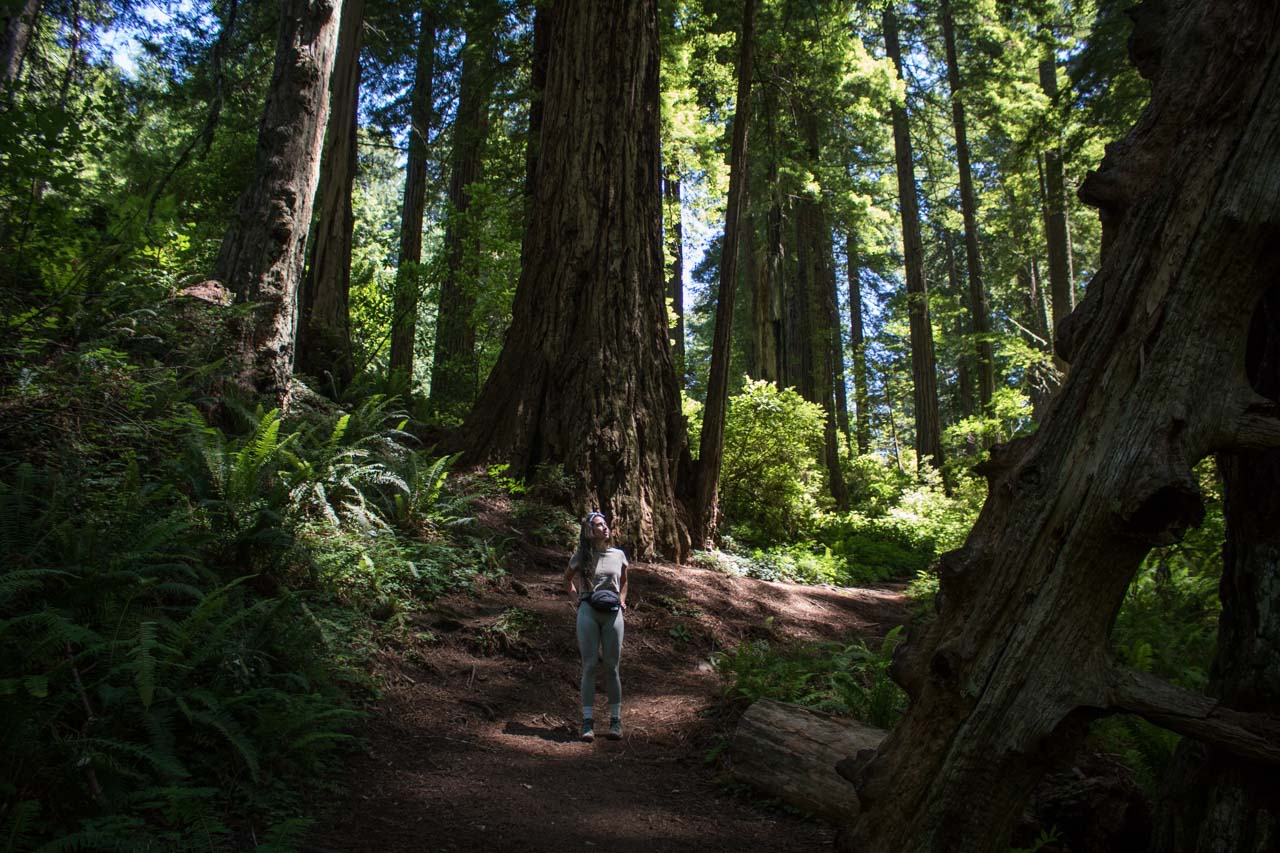
What Is the Largest National Park?
The largest national park in America is Wrangell-St. Elias National Park and Preserve in southeastern Alaska.
Encompassing 13.2 million acres (20,625 square miles), this enormous park is bigger than Denali, Death Valley, Yellowstone, Grand Canyon, Glacier, Yosemite and Great Smoky Mountains combined.
You can see the full list of all national parks ranked by size here.
FIND THE ANSWERS TO MORE FREQUENTLY ASKED NATIONAL PARK QUESTIONS HERE
U.S. National Parks Map
Click/tap on this map of the national parks to enlarge it.
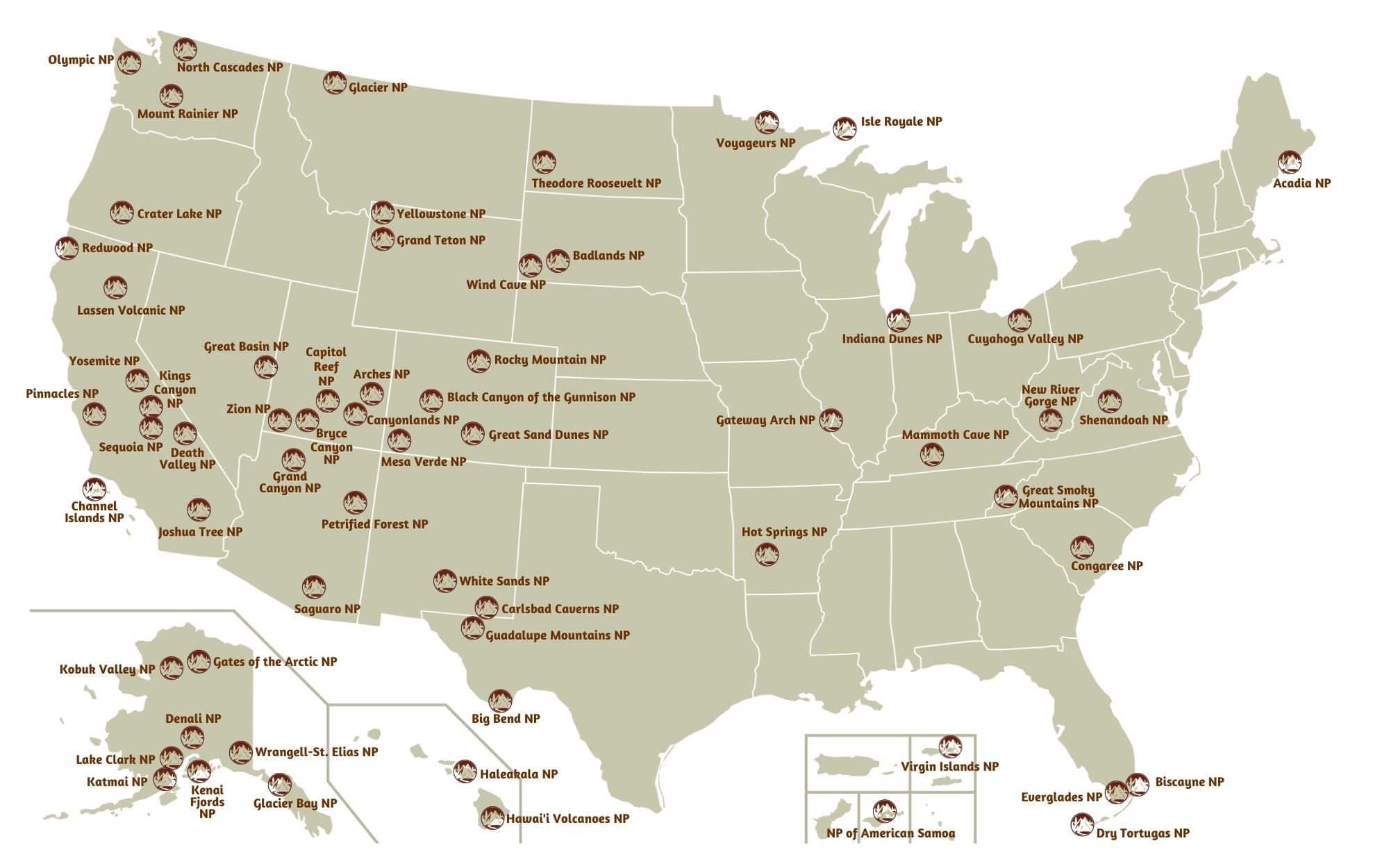
When the U.S. Congress created the first national park in the United States in 1872, which was Yellowstone National Park, a brand new concept of conservation areas was born.
These U.S. national parks were the very first public parks in the world that both protected a valuable landscape, habitat or ecosystem and allowed people to enjoy nature to its fullest.
Designed to protect and preserve a certain area’s wildlife, ecosystems and landscapes, as well as historic sites, national parks also give visitors the opportunity to get to know and explore that particular area up close.
All the national parks in America are open to the public. Although a couple of them are quite a challenge to get to, most are within half a day’s drive from a major city.
This includes the most iconic parks of all, such as Yosemite, Yellowstone, Zion and Mount Rainier. They offer a plethora of outdoor activities to enjoy, including hiking, camping, wildlife watching and rock climbing.
Some parks, especially Mesa Verde, Gateway Arch and Hot Springs, also (primarily) protect valuable archaeological, cultural and historical sites.
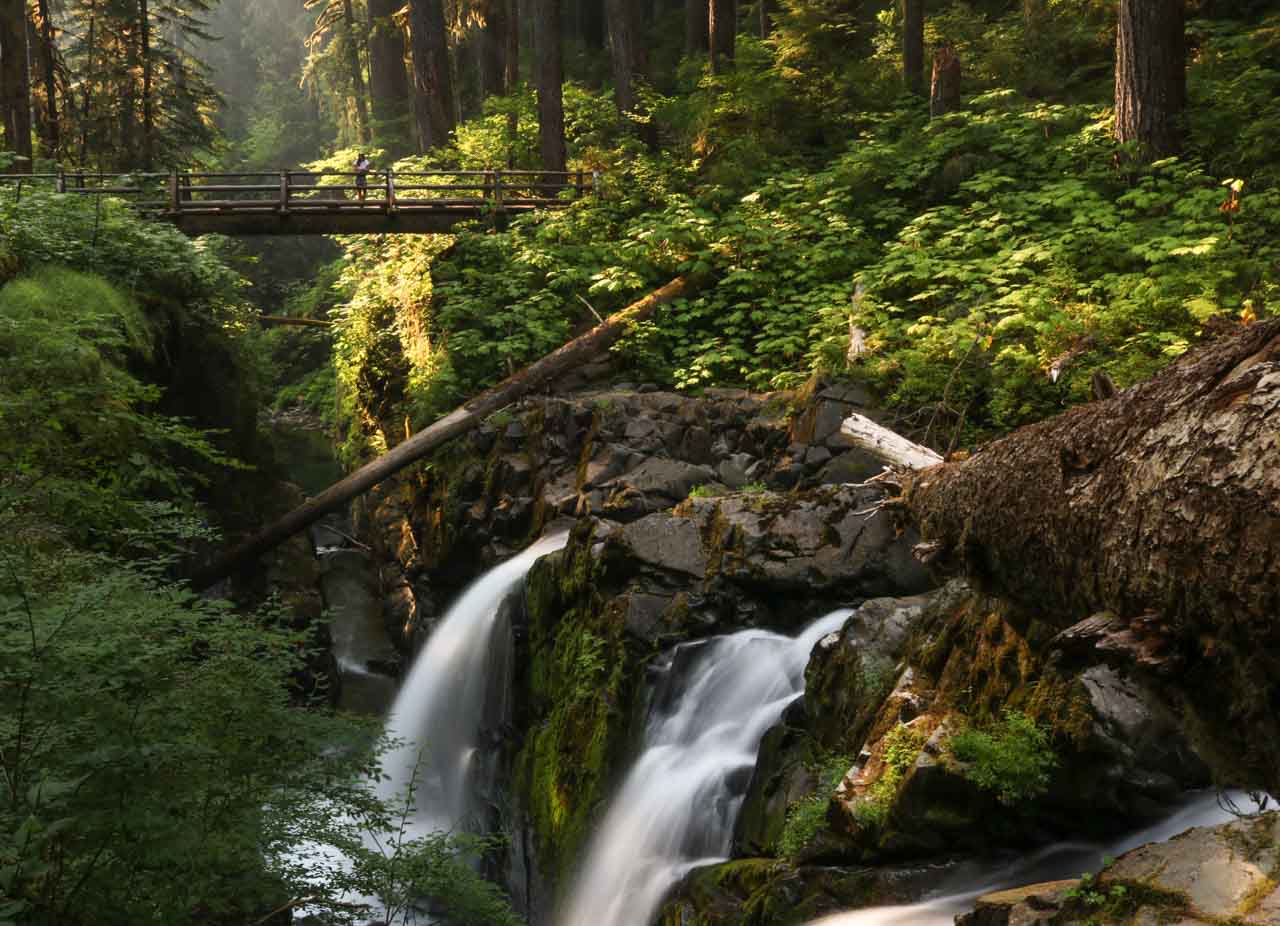
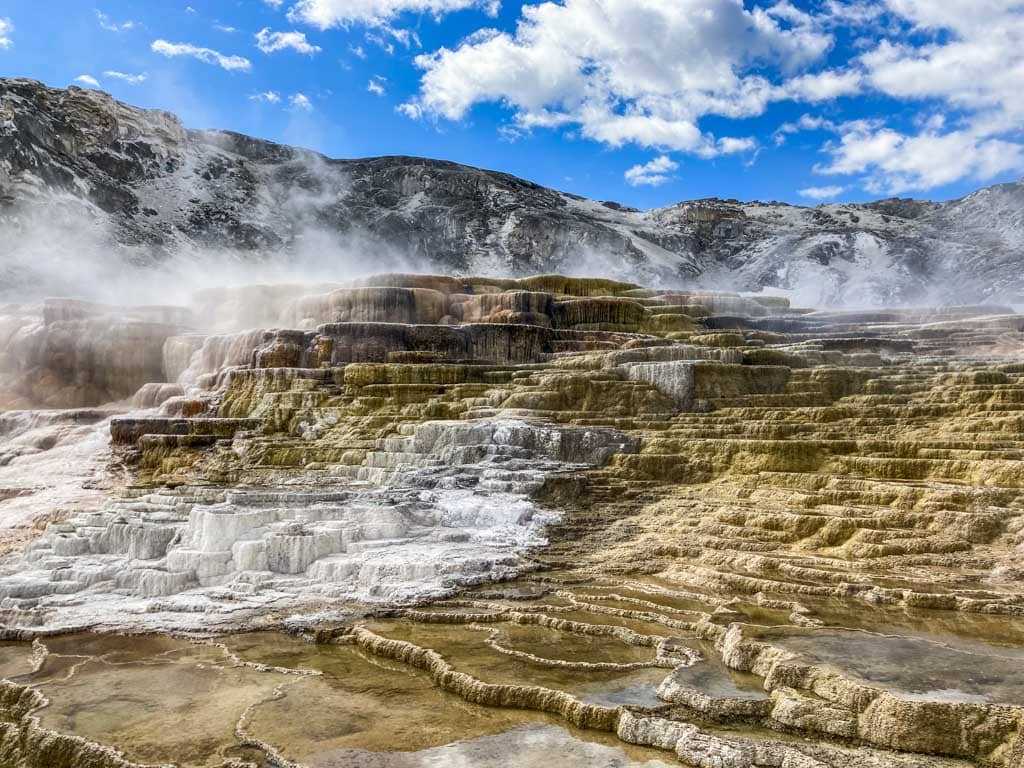
Recommended National Park Books
(The links to these national park books are affiliated links. This means we earn a small commission if you purchase something after clicking on the link, without any extra costs to you.)
Travel Guides and Reference
- USA National Parks: Complete Guide to All National Parks – Moon / Becky Lomax
- The Complete Guide to the National Parks of the West – Fodor’s Travel Guides
- Atlas of the National Parks – National Geographic / Jon Waterman
- USA National Parks: Lands of Wonder – DK Eyewitness
- The National Parks: America’s Best Idea – Dayton Duncan & Ken Burns
- Complete Guide to the National Park Lodges – David Scott
National Park Memoirs
- That Wild Country: An Epic Journey Through the Past, Present and Future of America’s Public Lands – Mark Kenyon
- Ranger Confidential: Living, Working and Dying in the National Parks – Andrea Lankford
- Lassoing the Sun: A Year in America’s National Parks – Mark Woods
- Bear in the Back Seat: Adventures of a Wildlife Ranger in Great Smoky Mountains National Park – Kim DeLozier & Carolyn Jourdan
- The Hour of Land: A Personal Topography of America’s National Parks – Terry Tempest Williams
- Open Road: A Midlife Memoir of Travel and the National Parks – TW Neal
- Deep Into Yellowstone: A Year’s Immersion in Grandeur & Controversy – Rick Lamplugh
- Yellowstone Ranger: Stories From a Life Spent With Bears, Backcountry, Horses and Mules, From Yosemite to Yellowstone – Jerry Mernin
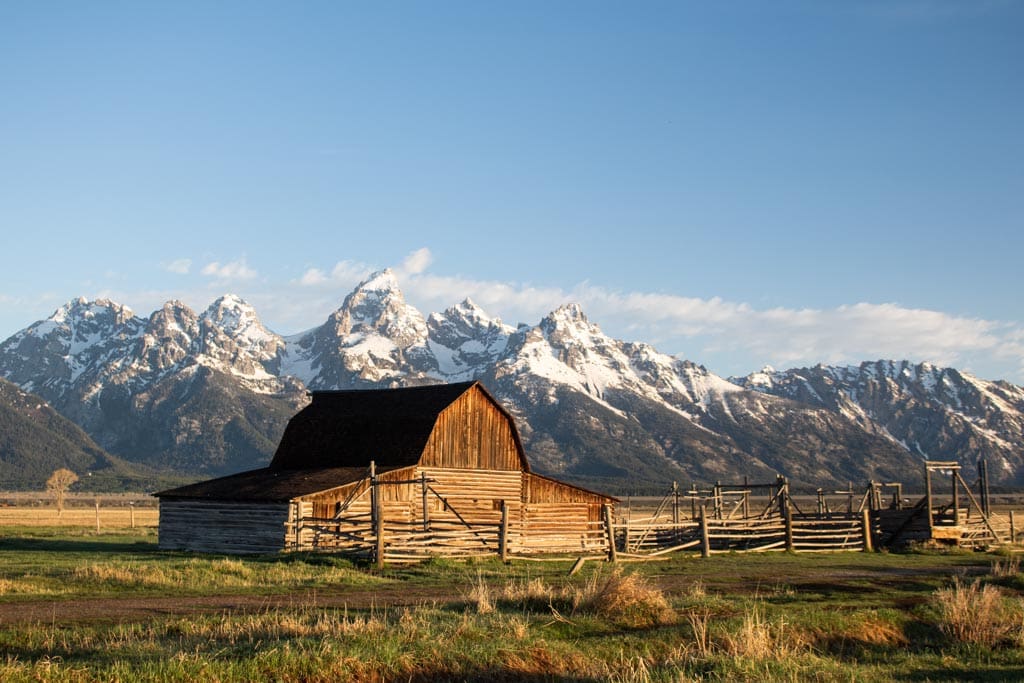
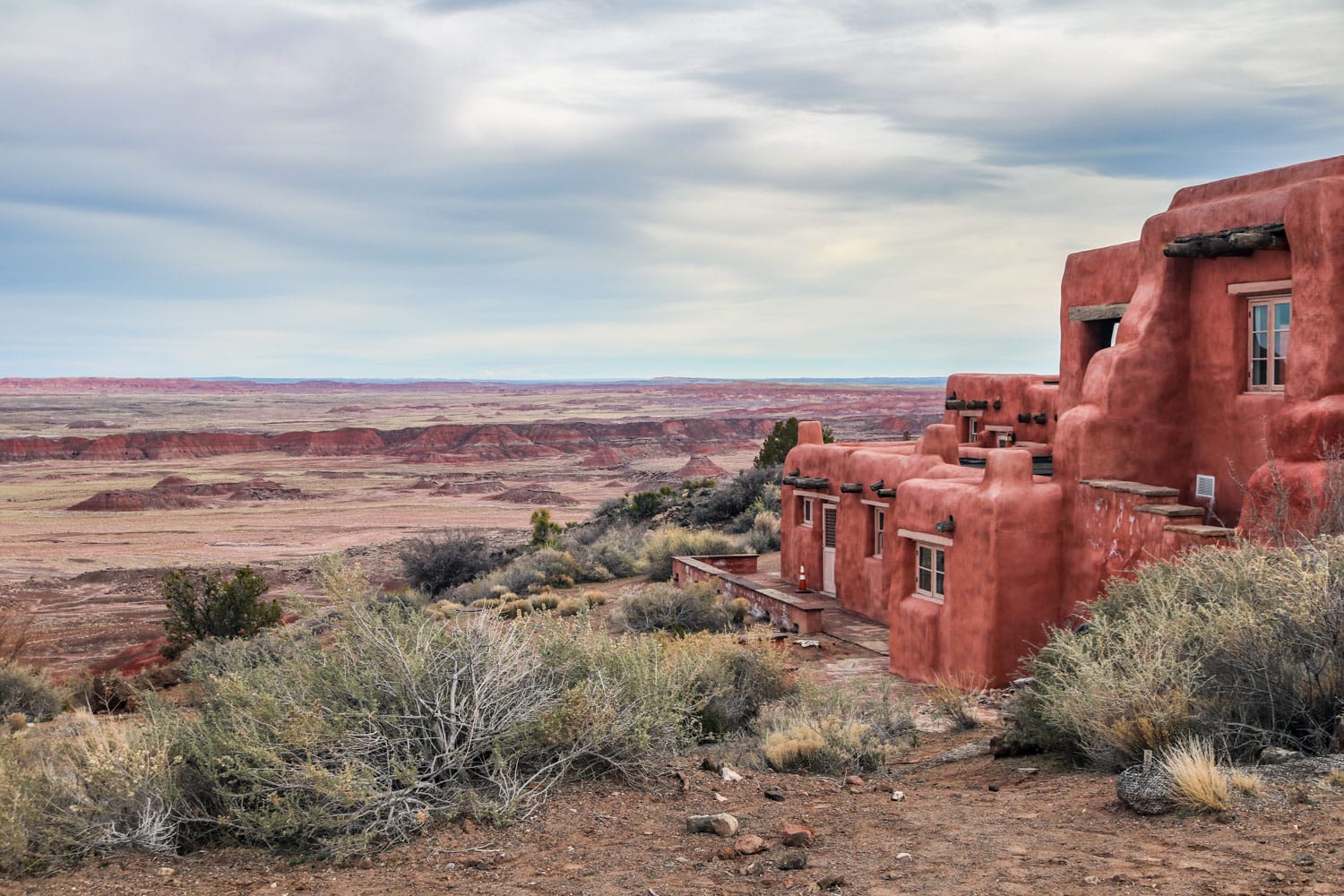
U.S. National Parks List
This U.S. national parks list includes all 63 national parks in America.
It provides a clear overview of each park and its location, annual visitors, size, the year it was established, and whether or not it’s a UNESCO World Heritage Site.
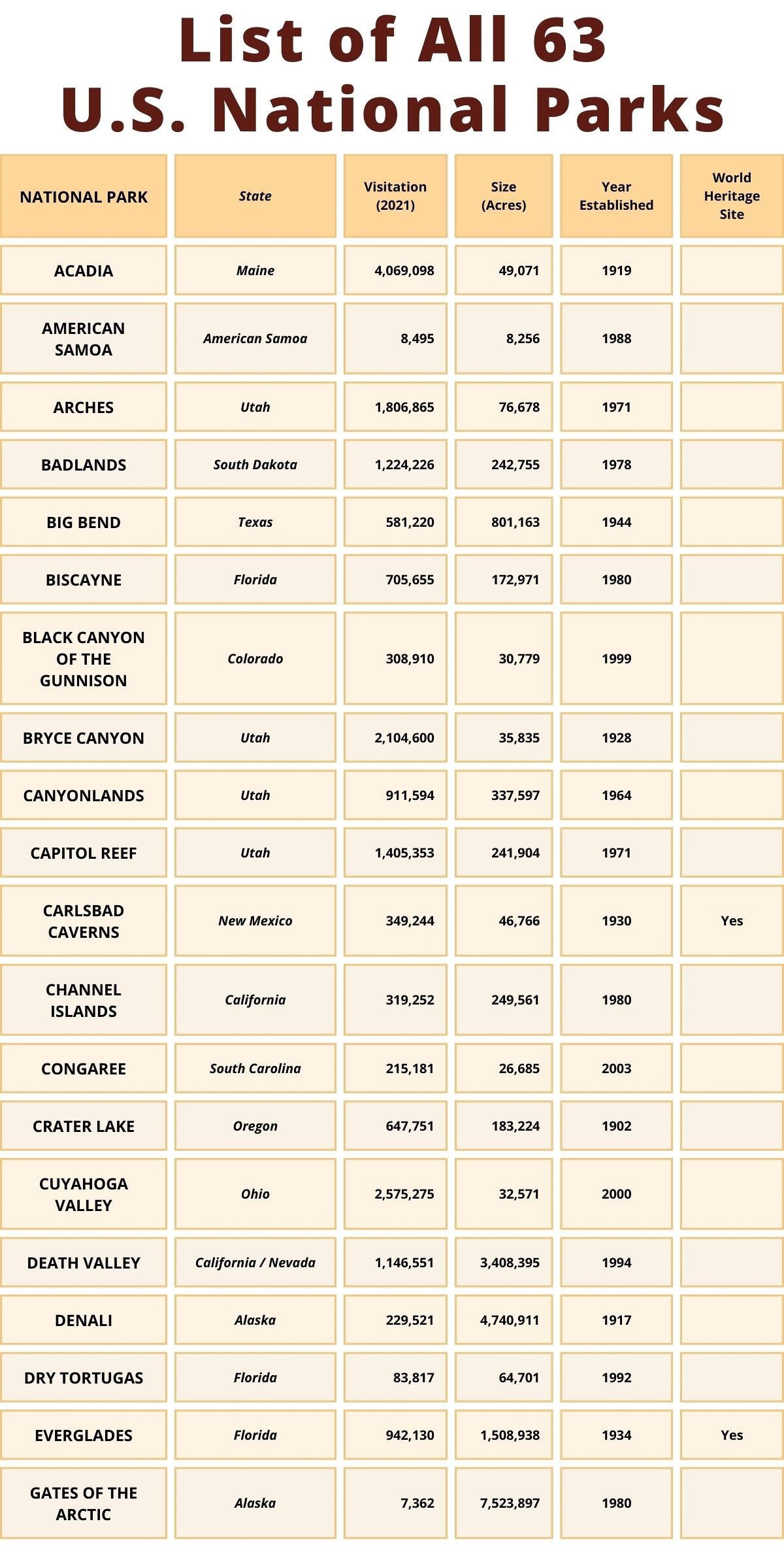
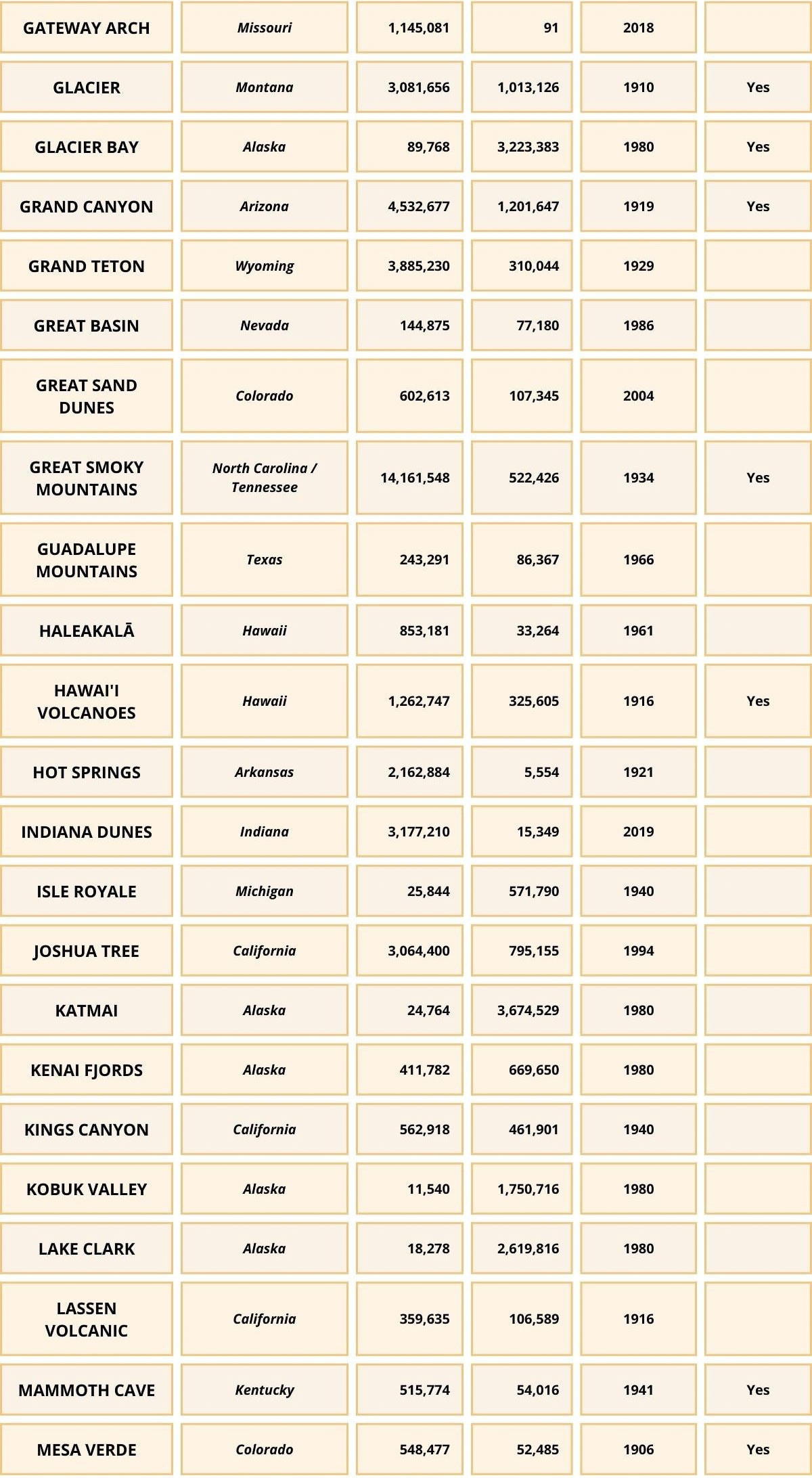
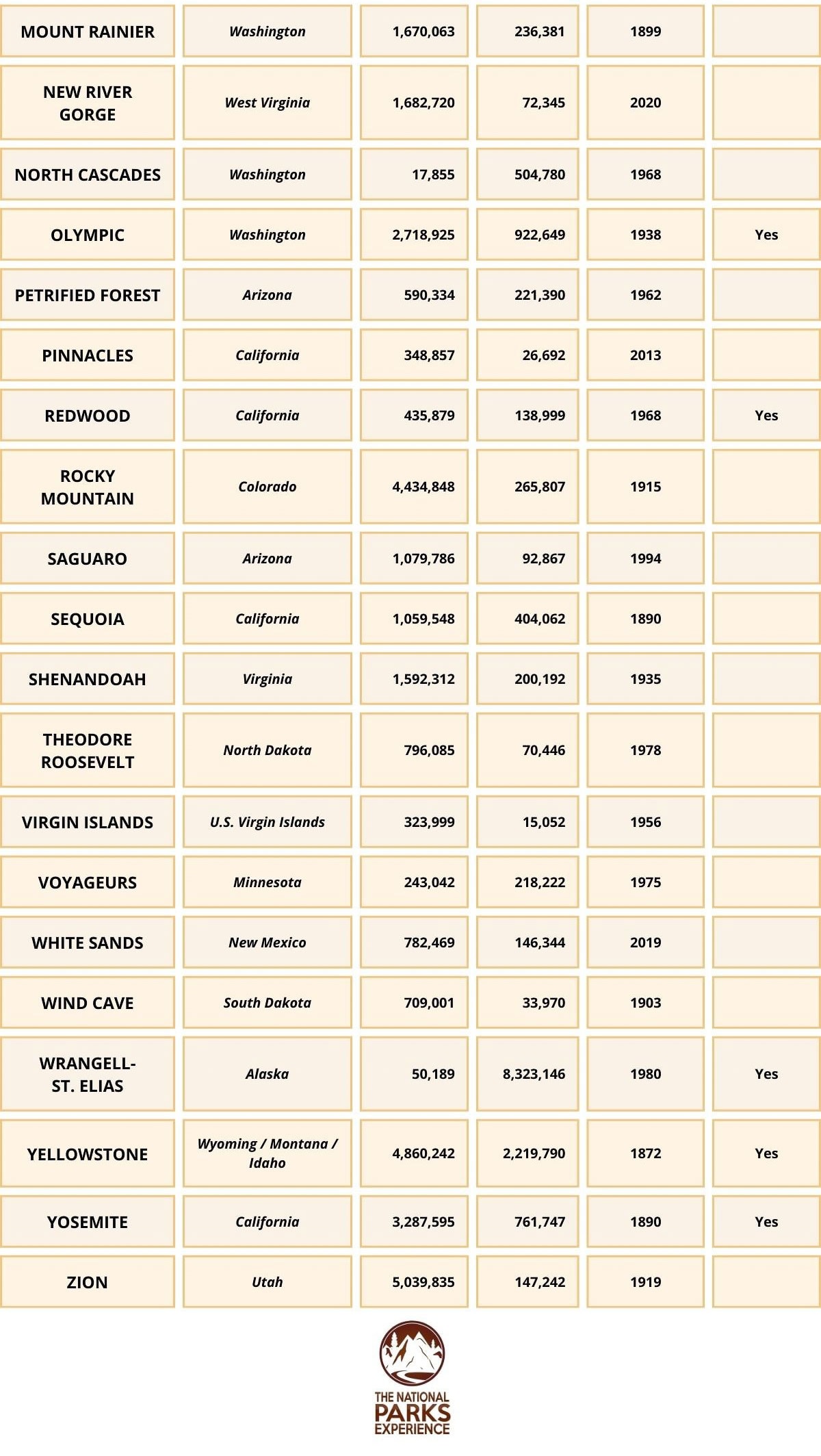
Data used in this U.S. national parks list was sourced from the National Park Service website and Wikipedia.

